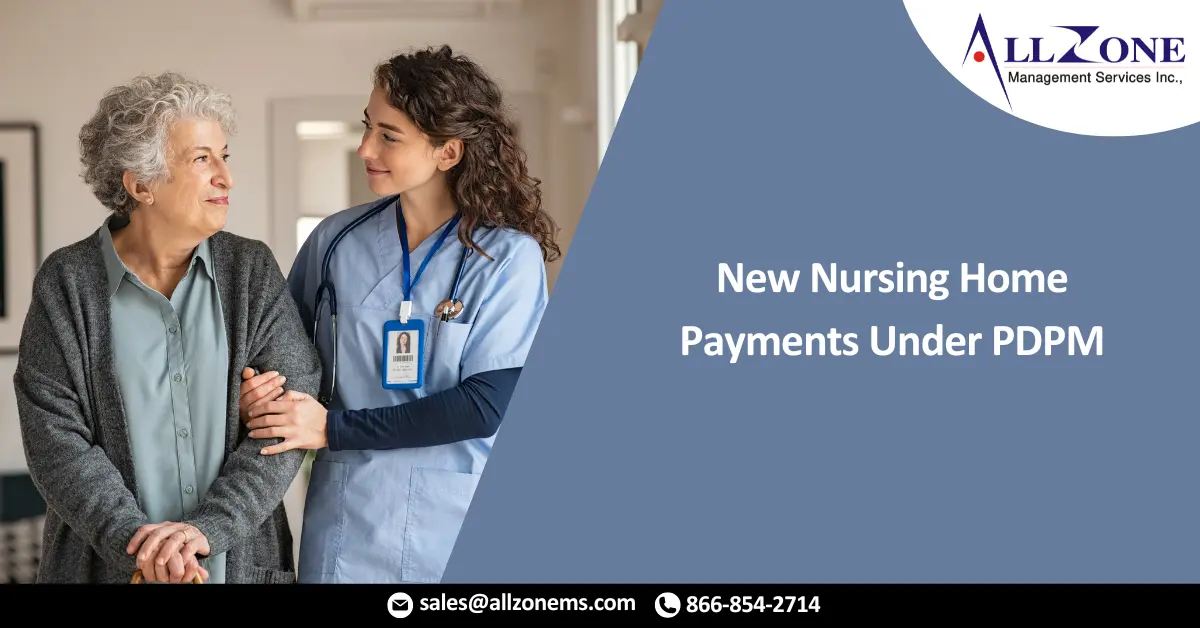HIV/AIDS payments, in particular, are under the microscope.
The new Patient-Driven Payment Model, or PDPM, makes radical changes to the Medicare payment model for nursing homes. One of the largest changes is the reimbursement rate for services provided to HIV and AIDS patients.
In 2016, there were 15,807 deaths among people with diagnosed HIV in the United States. This would equate to one death for every nursing home in the country.
The new PDPM system increases nursing home payments for HIV patients in two ways. First, one of the six payment categories under PDPM is for “non-therapy adjustments,” or NTAs. The NTA payment is composed of a base payment of $76.86 per day for rural skilled nursing facilities (SNFs) and $80.45 per day for urban SNFs. The base rate is then multiplied by the case mix index (CMI). Here is where the first big bump comes. The CMI runs from a low of 0 to a high of 3.25. A 3.25 CMI add on equates to a $260 per day add-on. The NTA add-on is computed by applying a weighted score for certain diagnoses. Each qualifying diagnosis has a score between 1 and 8. The full 3.25 add-on requires a cumulative score of 16 points. HIV has the highest score of 8 for a single diagnosis. Considering other diagnoses in the list that HIV patients are likely to have, most HIV patients will have a full NTA count of 16.
In addition, another of the six payment categories, nursing, gets an HIV add-on of 18 percent. This alone adds another approximately $20 per day.
Does this shift from physical, occupational, and speech therapy driving reimbursement to certain diagnoses driving reimbursement make sense? Maybe.
It gets murkier as we get into diagnoses such as depression driving reimbursement.
Recently I was talking to a fellow contributor to ICD10monitor, Glenn Krauss, and I think he hit the real point. Nursing home medical records are generally terrible. Moreover, nursing homes were passed over when the Health Information Technology for Economic and Clinical Health (HITECH) Act provided financial incentives for physicians and hospitals to move to electronic medical records. Documenting HIV is not that complicated, and may only require carrying over the diagnosis from the acute hospital record.
Many of the other diagnoses required for PDPM will have to come from and agree to medical records. The problem is exacerbated by the software currently used to compile the Minimum Data Set, or MDS, which drives nursing home billing. Most MDS systems are point-and-click, and MDS coordinators may click on things they believe to be true but are not captured in the medical record.
Nursing homes that fail to improve their medical records are going to face huge losses in revenue and compliance issues.
For More Information: https://www.racmonitor.com/new-nursing-home-payments-under-pdpm

